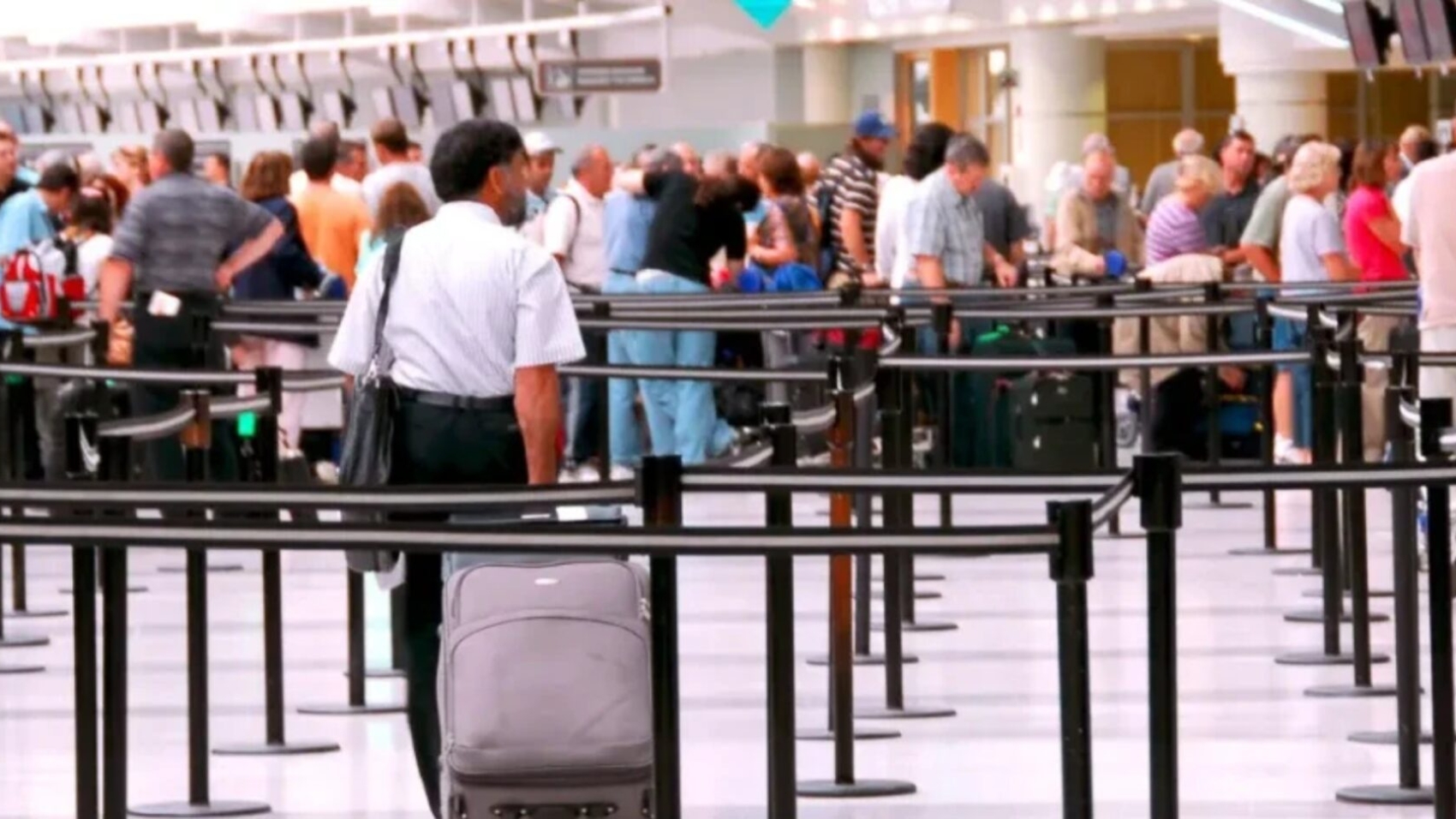It’s 6 AM. Your flights are delayed due to bad weather. The airport is packed with tired, angry passengers. Your staff is stressed. Your phone is buzzing with messages. Sound familiar?
Before you buy new software to handle these chaos-filled days, here are the real questions you need to ask:
1. What’s Actually Broken Right Now?
Take a hard look at your current problems:
- Are your staff spending hours doing simple tasks by hand?
- Do passengers keep asking, “What’s happening with my flight?”
- Is everyone using different ways to solve the same problem?
- How many unhappy customers post about their bad experience online?
A clear understanding of these pain points helps identify whether the new software solves your actual challenges or simply adds unnecessary complexity.
2. Can Your Current Computer Systems Handle It?
Be honest about your technology:
- Do your different computer systems talk to each other?
- How old is your current booking system?
- Does everything break down during busy holiday seasons?
- How many times do staff have to type the same information?
New software should integrate seamlessly with your existing systems to avoid downtime and unnecessary costs.
3. Will Your Staff Actually Use It?
Think about your team:
- How many new systems have they learned this year?
- Do they have time for more training?
- What do they say they actually need?
- Which problems do they face every day?
Even the best software fails if your team doesn’t use it. Ensure it’s user-friendly and offers real benefits for staff.
4. How Will You Know If It’s Working?
Set clear goals:
- Fewer angry customers?
- Faster rebooking times?
- Less overtime during flight delays?
- More problems solved without supervisor help?
Define success metrics like faster resolution times and fewer customer complaints.
5. What Should Be Automatic vs. Human-Handled?
Not everything needs to be automated:
- Which tasks waste the most time?
- What do your best customers expect?
- Where do staff make the biggest difference?
- What’s better left to computers?
Balance automation with human intervention to maximize efficiency and retain the personal touch.
6. What Do Your Passengers Really Want?
Focus on the basics:
- Quick answers about their next flight
- Clear updates about delays
- Easy ways to change their booking
- Someone to help when things go wrong
Passengers expect clarity, speed, and support. The right software delivers this consistently.
7. How Will You Handle the Rules?
Every country has different rules about:
- Passenger rights during delays
- Refunds and compensation
- What airlines must provide
- How to handle complaints
The software should adapt to regulatory differences across regions to ensure compliance.
8. Will It Work With What You Already Have?
Think about connecting everything:
- How will it work with your booking system?
- What happens if something breaks?
- Who fixes problems when they happen?
- How long will it take to set up?
Ensure it integrates smoothly into your existing workflows.
9. What About Future Growth?
Plan ahead for:
- More flights and routes
- Busier seasons
- New partner airlines
- Different types of problems
Your solution needs to scale with your business.
10. What’s the Real Cost?
Beyond the price tag:
- Training costs
- Yearly fees
- Extra features you might need
- Time spent learning the system
Consider both upfront and long-term costs to evaluate true ROI.
How VoyagerAid Makes This Simple
When things go wrong, VoyagerAid helps by:
- Sending quick updates to passengers about delays
- Showing them other flight options right away
- Helping staff handle problems faster
- Keeping track of all the rules automatically
- Making it easier to help passengers without stress
Bottom Line
Bad weather, technical problems, and delays aren’t going away. But how you handle them can change.
VoyagerAid empowers airlines to manage disruptions effectively by:
- Delivering real-time passenger notifications
- Offering seamless rebooking options
- Ensuring compliance with regulations automatically
Turn chaos into control and elevate passenger satisfaction with VoyagerAid. Ready to make the change?



